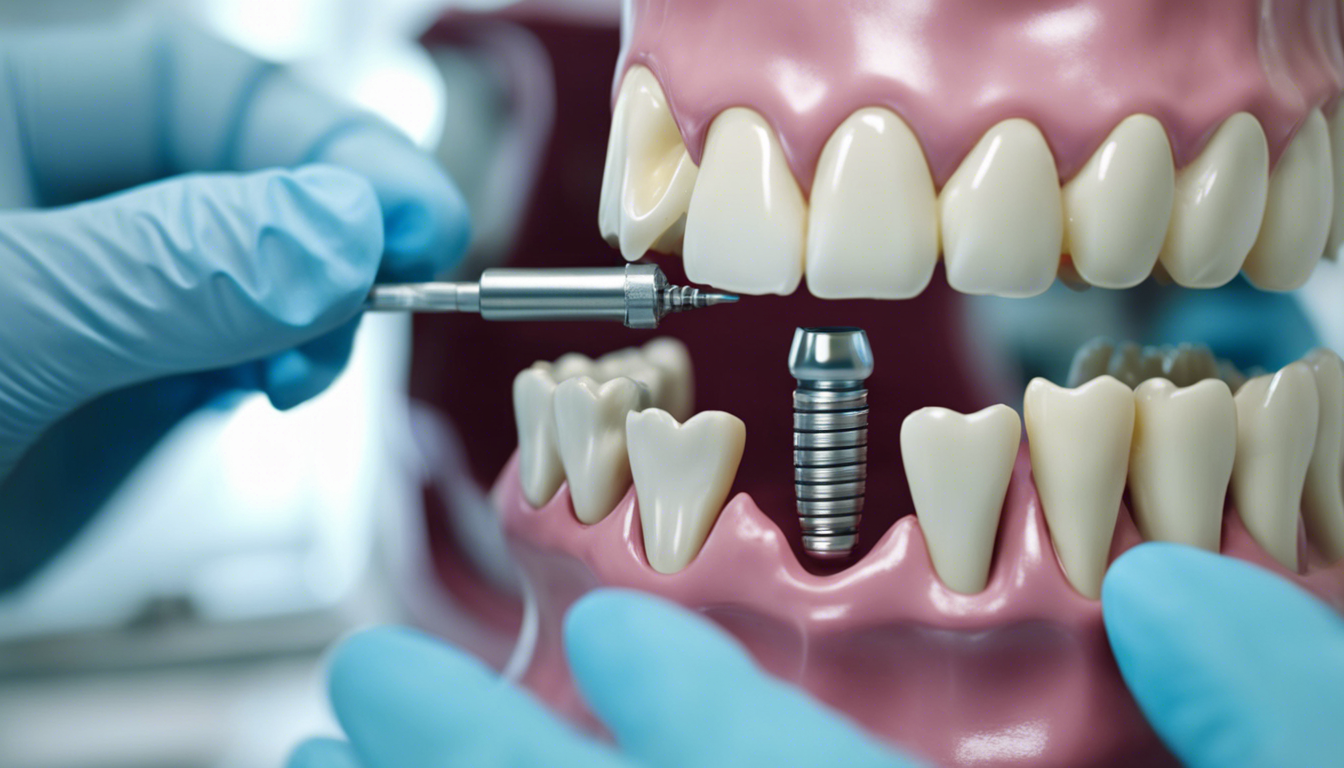Dental implants have revolutionized the field of dentistry, offering long-term solutions for tooth loss. These titanium anchors place in the jawbone act as supports for the artificial teeth, merging strength with aesthetics. The journey from the inception of dental implants to today’s sophisticated procedures illustrates a significant evolution in dental care technology.
The process of receiving a dental implant typically begins with a consultation, where a dentist evaluates the patient’s jawbone density to ensure it can support the implant. This is followed by the surgical insertion of the implant, a healing period, and the placement of the crown. Each step is critical and requires careful handling by skilled professionals.
While dental implants are generally successful, younger individuals, particularly those under 55, face unique challenges. The jawbone density in younger patients can vary, affecting the implant’s integration. Additionally, younger patients might be more susceptible to infections if post-operative care instructions are not meticulously followed.
Geographically, the incidence of dental implants varies widely. In North America, particularly the United States and Canada, there is a high penetration of dental implant procedures due to advanced healthcare infrastructure and high awareness regarding oral health. In contrast, regions like South Asia and parts of Africa see fewer implants primarily due to economic constraints and lower access to specialized dental care.
In terms of technology, we are on the brink of significant breakthroughs. Recent studies focus on materials that facilitate faster healing of the jawbone and minimize the risk of infection. These materials, like hydroxyapatite-enhanced titanium, could revolutionize the recovery process for dental implants.
Scientists are also investigating the application of stem cells to promote bone growth around the implant. This could be especially beneficial for patients under 55 who might not have optimal bone density. These experimental techniques are still in the trial phase but show promising results that could soon translate into practical applications.
The design and functionality of dental implants are constantly improving. For instance, 3D printing technology is now used to create precise and customized implants that match the exact dimensions of a patient’s dental structures. This not only speeds up the surgical process but also increases the comfort and efficacy of the implants.
Healthcare professionals note that while the technology evolves, so too should the public’s understanding. Misconceptions such as ‘dental implants are only for the elderly’ persist. It is crucial for potential patients to understand that dental implants can be a viable option for adults of various ages, provided they have suitable bone structure and adhere to the necessary dental hygiene post-surgery.
In conclusion, the realm of dental implants is ever-evolving, with the potential to offer better, faster, and more reliable solutions for tooth replacement. This is particularly significant in a world where dental health is increasingly linked to overall health. As technology progresses, it is expected that more individuals across all ages and regions will have access to this life-enhancing treatment.
In embracing the future of dental implants, one looks forward to a landscape where age is not a barrier to accessing advanced dental care, and geographic disparities in healthcare availability are addressed, ensuring that everyone, no matter where they live, has the opportunity to smile with confidence.

